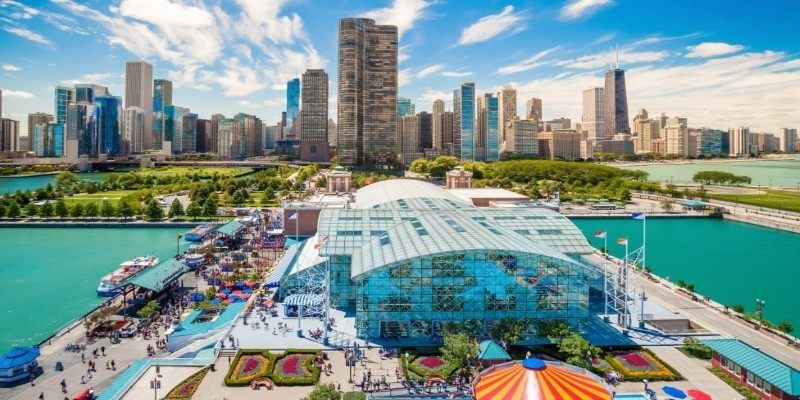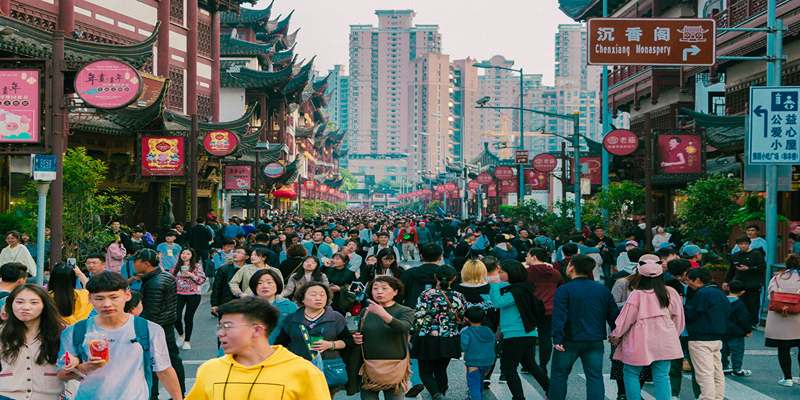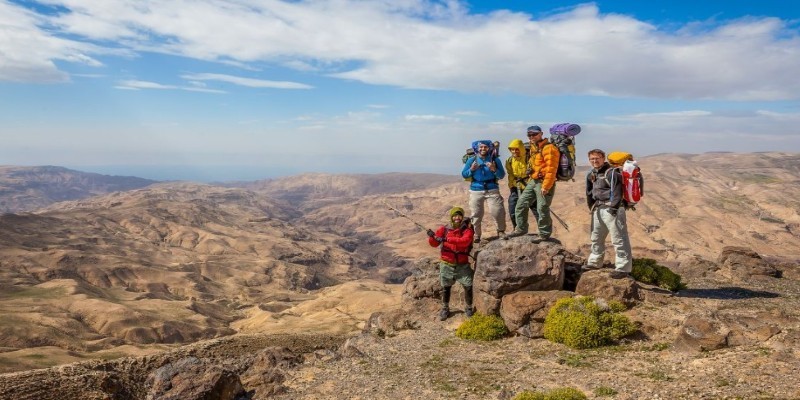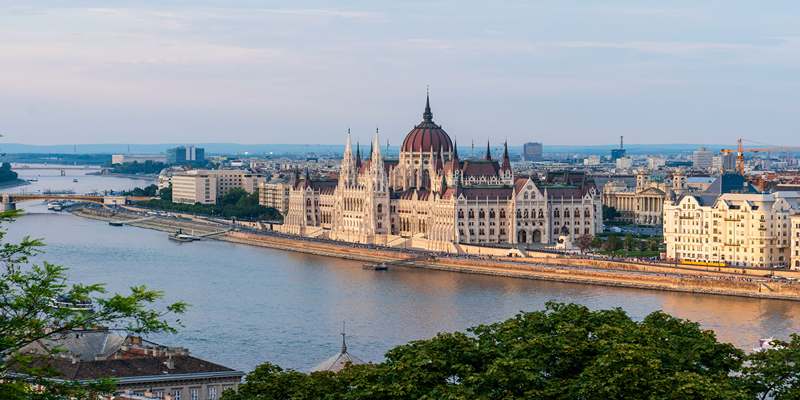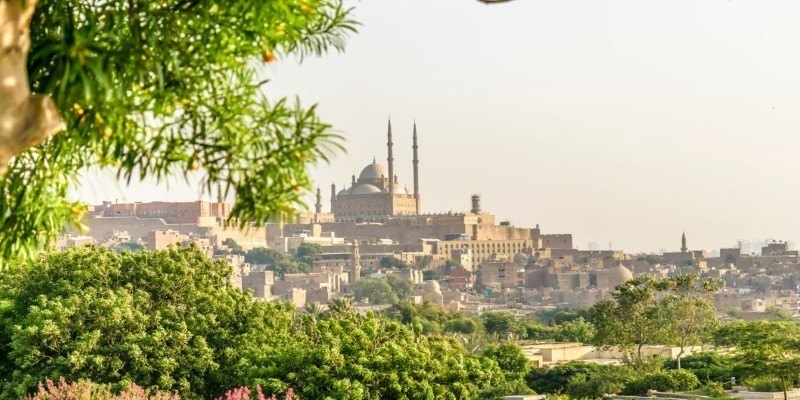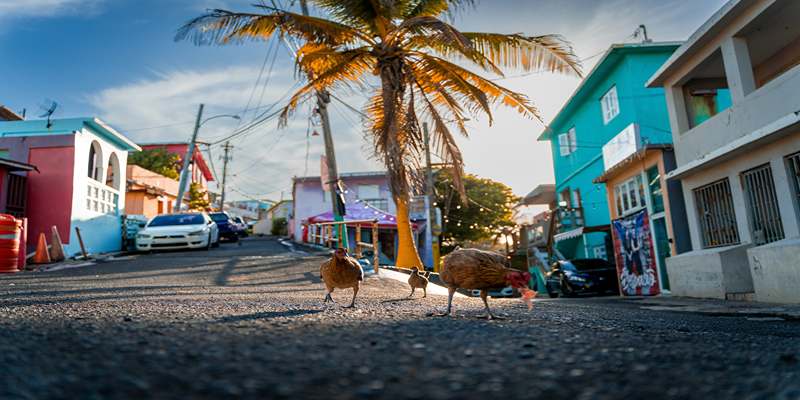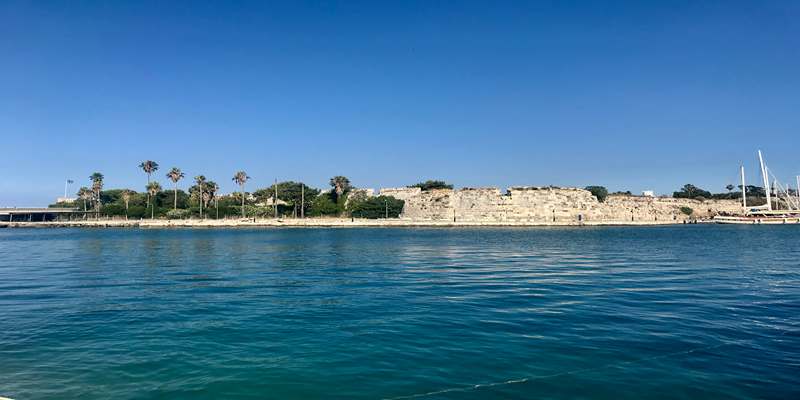Buenos Aires isn’t the kind of city that you rush through. It opens up slowly—on long avenues, across shaded plazas, behind the faded shutters of 19th-century buildings. Getting around here isn't just a matter of transport. It's part of the city's rhythm. Whether you're walking through cobblestone alleys in San Telmo or crossing the wide expanse of Avenida 9 de Julio, how you move through Buenos Aires shapes your experience of it. The good news is that getting around isn't difficult once you understand the options. And there are plenty.
The Subte: Simple, Fast, and Right Under Your Feet
The Buenos Aires subway, known as the Subte, is the oldest in Latin America. Though some of its lines are over a hundred years old, the system works well for everyday travel. It covers most of the central city and reaches several popular neighborhoods, including Palermo, Recoleta, Belgrano, and Boedo. There are six main lines (A to H, skipping I and J), each with its color code. The signs are clear, and trains run regularly, especially during peak hours.
To use the Subte, you’ll need a SUBE card. This rechargeable card is used on most public transportation in the city and is easy to find at kiosks and stations. Fares are affordable, and discounts apply if you take multiple rides within two hours.
The Subte is the fastest way to cross large parts of the city, especially during heavy traffic. It’s not 24 hours, though. Most lines close around 10:30 or 11 p.m., with shorter hours on weekends and holidays. Some stations retain their original design and art nouveau features, which add a layer of history to the ride.
Collectivos: The Lifeline of Daily Movement
If the Subte is the backbone of urban travel, buses—or colectivos—are its arteries. There are hundreds of bus lines crisscrossing Buenos Aires, each marked with its number and color. It can seem overwhelming at first, but once you understand a few basics, the system becomes very useful.

Buses run 24/7. This makes them essential if you're moving around late at night when the Subte has stopped. They reach corners of the city that subways don’t, and they’re ideal if you're heading to places like La Boca, Chacarita, or Villa Crespo.
Like the Subte, colectivos use the SUBE card. Just let the driver know your destination when you board, and they’ll punch in the fare. The most useful tool here is the app "Cómo Llego" or the site of the city government. They help plan routes and check real-time schedules.
It’s worth noting that colectivos can be slow during rush hour. Traffic in Buenos Aires is dense, and some streets are narrow. Still, colectivos provide a ground-level view of the city that you won’t get underground.
Walking and Biking: Slower, But Often Better
Buenos Aires is a large city, but many of its central neighborhoods are surprisingly walkable. In Recoleta or Palermo, you can stroll for hours without needing any transport. Sidewalks are wide in most areas, and tree-lined streets offer shade even in the summer. Exploring on foot reveals the city's details—the murals, the bookstores, the corner cafés.
There's also a growing network of bike lanes known as "ciclovías." These are separated from traffic and span over 250 kilometers across the city. The city’s bike-share program, Ecobici, is free for short rides and easy to use with a phone app. This is a relaxed way to explore, especially on weekends when traffic is lighter.
Biking is particularly enjoyable in parks and nature areas, such as Bosques de Palermo or the Costanera Sur Ecological Reserve. It's not ideal during rush hour in business-heavy districts like Microcentro, where crowds and cars are dense. But outside of that, it's a good way to move through the city without too much delay.
Taxis, Ride-Apps, and Getting a Bit Further Out
Taxis in Buenos Aires are everywhere. They’re black and yellow, metered, and generally safe. You can hail them on the street, but many locals prefer to use ride-hailing apps like Cabify or Uber for added security, convenience, and clarity on pricing. These apps allow payment by card, which can be helpful if you’re short on cash or prefer digital transactions.

While taxis are useful for short rides or in areas not covered by public transport, they're not always the fastest during peak hours. Like buses, they're stuck in traffic jams. Still, they're a good option when you have heavy luggage, are traveling with children, or are heading to or from airports.
Speaking of airports, there are two: Ezeiza (for international flights) and Aeroparque (for domestic). Buses and private shuttles serve both, but many travelers choose taxis or rideshares for convenience. For longer trips or exploring areas beyond the city—like Tigre, San Antonio de Areco, or the pampas—you can rent a car, though it's not recommended within the city itself. Parking is limited, and driving in Buenos Aires can be hectic if you're unfamiliar with local habits and traffic flow patterns.
Conclusion
Getting around Buenos Aires isn’t difficult once you understand the options. Each method—Subte, colectivos, biking, walking, or taxis—serves a purpose depending on where you’re going and how much time you have. The SUBE card makes it easy to switch between buses and the subway, while ride apps add convenience when needed. Exploring on foot or by bike gives you a slower, richer look at the city. Whether you're crossing the wide avenues or winding through smaller neighborhoods, transport in Buenos Aires works well with a bit of planning. It’s a city that reveals itself gradually, and how you choose to move through it shapes what you see and experience.

